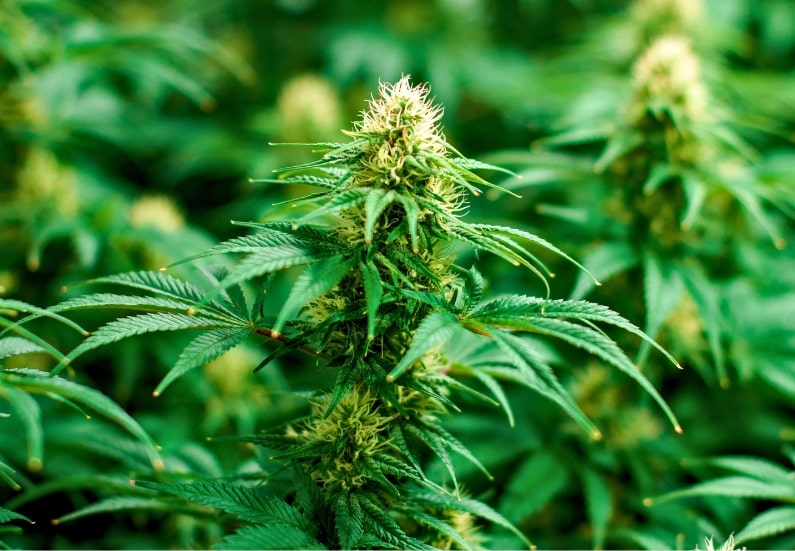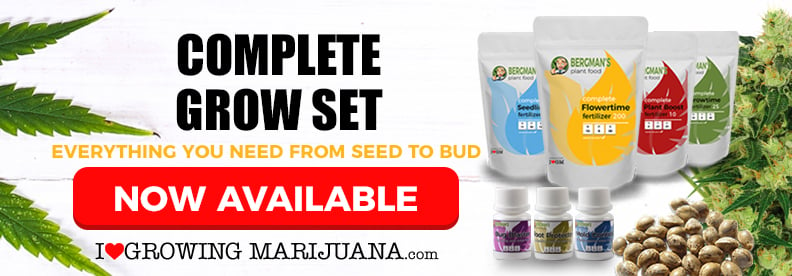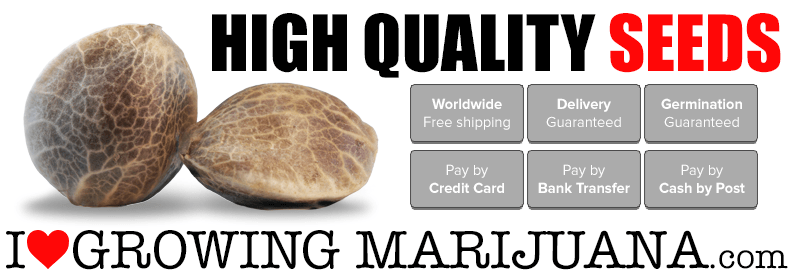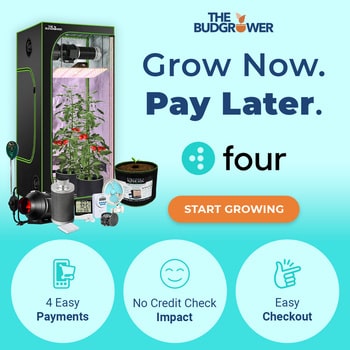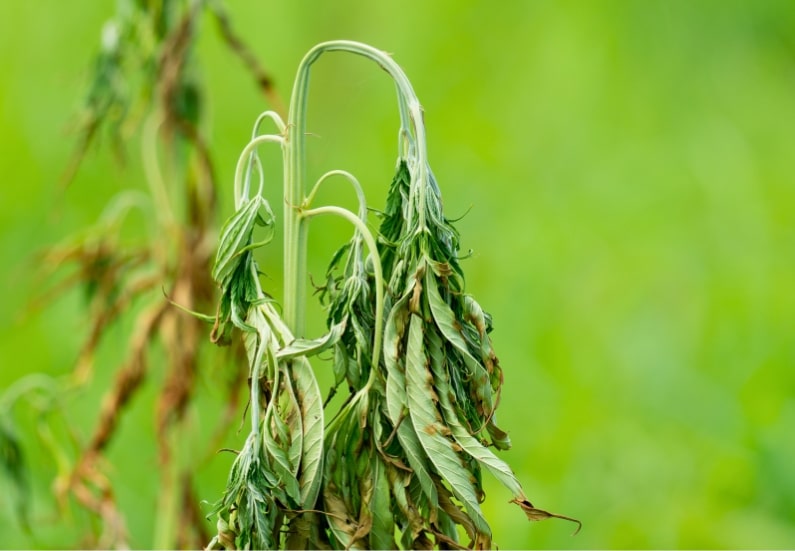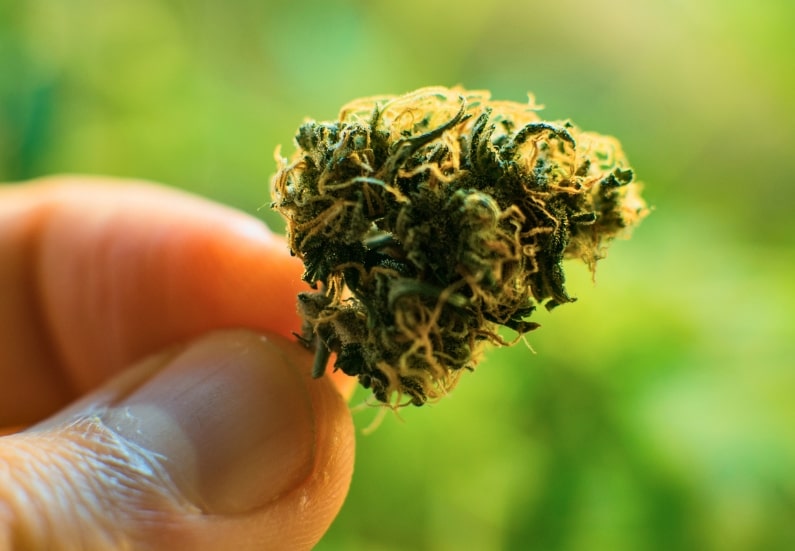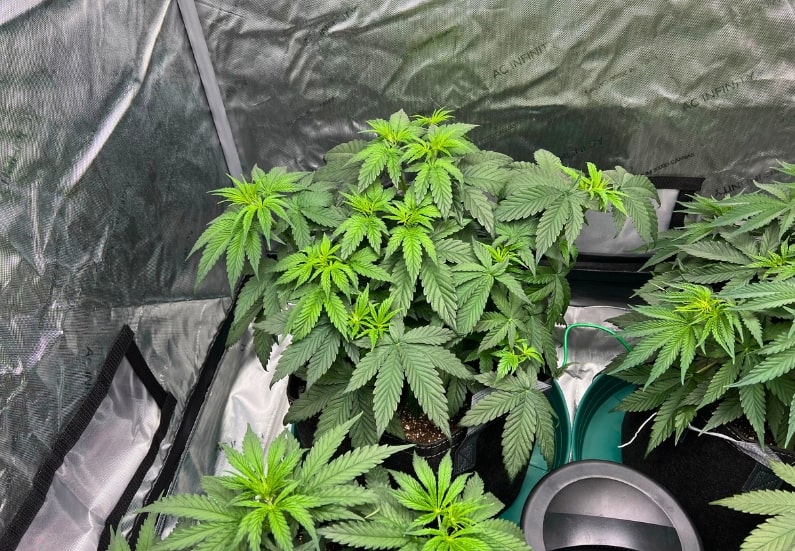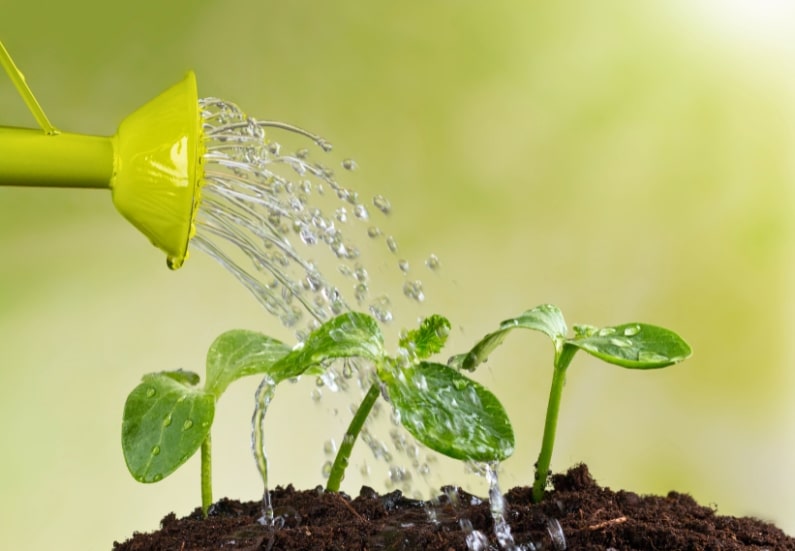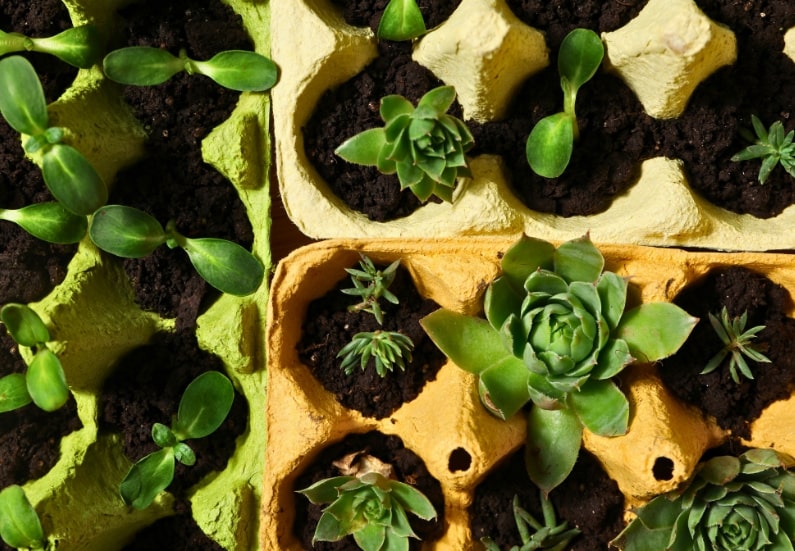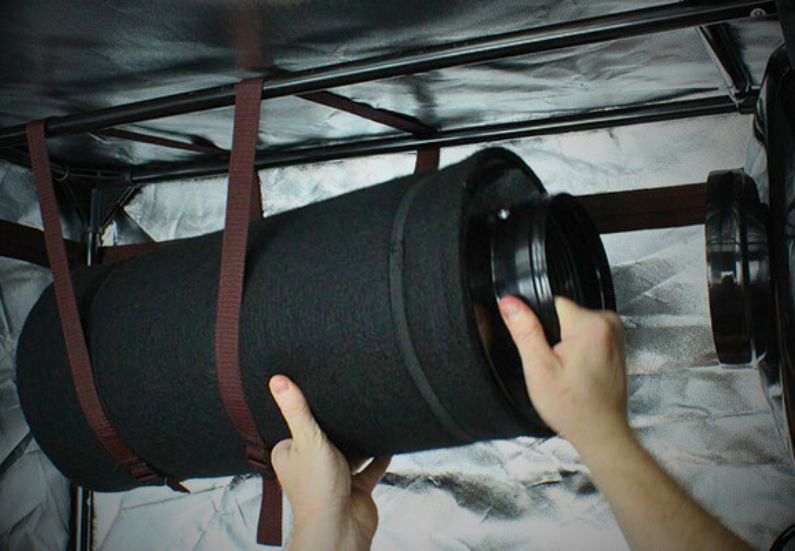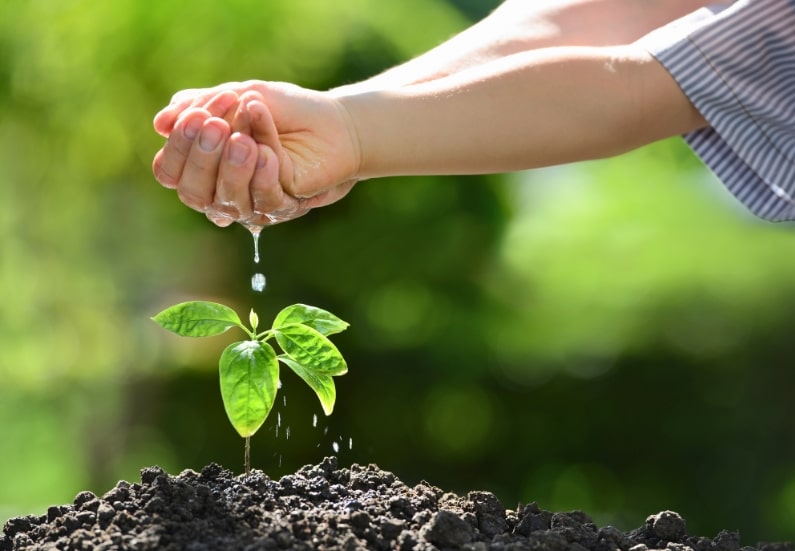As cannabis cultivation becomes increasingly popular, the question of what nutrients are essential for cannabis growth is on every grower’s mind. Whether you’re a seasoned cultivator or just starting, providing your cannabis plants with the proper nutrients can distinguish between a healthy yield and a disappointing harvest.
Nutrients are the backbone of your plant’s development, much like that regrettable jacket from the ’80s is to my closet—can’t live without it, even if you’d like to.
Macronutrients: The Building Blocks of Growth
When we talk about the big three—nitrogen (N), Phosphorus (P), and Potassium (K)—we’re talking about macronutrients, the absolute essentials. You could think of these as the cannabis equivalent of coffee, sleep, and a good sense of humor—without them, everything starts to crumble.
Nitrogen (N): The Fuel for Foliage
Nitrogen is critical for cannabis plants, especially during the vegetative phase. It promotes leaf growth, making your plants look lush and green. Without enough nitrogen, plants start to turn yellow, much like my mood after reading reviews of my books. But don’t get carried away—too much nitrogen can lead to overly leafy plants with weak bud production.
Phosphorus (P): The Root and Flower Catalyst
Phosphorus, conversely, is the nutrient that keeps things moving beneath the soil. It’s responsible for healthy root development and is essential during flowering. If nitrogen is the green on top, phosphorus is the fire beneath, driving those root systems deep and strong. Phosphorus deficiency can stunt your plants’ growth and severely limit bud production.
Potassium (K): The Plant’s Immune System
Potassium strengthens the plant’s overall resilience, aiding in water absorption and enzyme activation. It also supports photosynthesis and helps cannabis plants fight off diseases and pests. Without potassium, your plants might as well hang up a “for sale” sign because they won’t be around long.
Micronutrients: The Unsung Heroes
If macronutrients are the main players in the cannabis nutrient orchestra, then micronutrients are the percussion—easily overlooked but absolutely essential for harmony. Even in small doses, they’re vital for the plant’s metabolic processes.
Calcium: Strengthening Cell Walls
Calcium acts as a structural support for your plants, helping form strong cell walls and ensuring nutrient uptake. Without it, new growth will struggle, and your plant will look like it’s aged ten years overnight—like me after a weekend of book signings.
Magnesium: The Key to Photosynthesis
Magnesium is a crucial component of chlorophyll, the green pigment responsible for photosynthesis. Without magnesium, plants can’t convert light into energy efficiently, and you’ll see yellowing between the veins of the leaves, a condition known as chlorosis.
Sulfur: Supporting Enzymes and Amino Acids
Sulfur forms proteins and enzymes, which are necessary for healthy growth. Though it’s needed in smaller quantities, a sulfur deficiency can lead to weak plants with stunted growth.
Iron, Zinc, and Copper: Micronutrients That Matter
While cannabis needs only trace amounts of iron, zinc, and copper, deficiencies in any of these can lead to serious issues. Iron helps with chlorophyll production, zinc regulates growth hormones, and copper plays a role in reproductive processes. Like the spices in your favorite dish, they’re not the main course, but leave them out, and you’ll notice something is off.
Nutrient Deficiencies: The Symptoms to Watch Out For
Every plant has its way of communicating its needs. When your cannabis plants are lacking in essential nutrients, they’ll send out distress signals in the form of yellowing leaves, stunted growth, or other visible signs. And much like trying to fix a busted kitchen sink, identifying the problem early can save you a world of trouble later on.
Identifying Nitrogen Deficiency
A lack of nitrogen will first appear in the older leaves, starting to yellow and falling off. If ignored, the entire plant can turn a sickly pale green. Address this issue by adjusting your nutrient mix and ensuring the pH levels are balanced.
Spotting Phosphorus Deficiency
With phosphorus deficiency, plants may develop dark, purplish spots on their leaves. They may also grow at a slower rate, with weaker stems. To fix this, use a fertilizer high in phosphorus and check that your soil is not too acidic.
Addressing Potassium Deficiency
Potassium deficiencies can result in curled leaves with yellow or brown edges. Bud growth will be stunted, and the plant’s ability to fend off pests or diseases will be weakened. Correct this by adding a potassium-rich fertilizer to your feeding schedule.
The Role of Soil and Water in Nutrient Absorption
No discussion on nutrients would be complete without touching on soil and water, the mediums through which nutrients are delivered to your cannabis plants. Your soil type, whether sandy, clay-like, or loamy, will directly impact how well your plants absorb nutrients. Similarly, the pH level of your water should be closely monitored to ensure it falls within the optimal range for cannabis, generally between 6.0 and 7.0 for soil-grown plants.
Balancing pH for Optimal Nutrient Uptake
When the pH level of your soil or water is off, even if you provide your plants with all the essential nutrients, they may still suffer from deficiencies. This is because the plant’s roots can’t absorb nutrients efficiently unless the pH is balanced. Keeping a close eye on pH levels and adjusting them when necessary can make a world of difference in your yield.
Organic vs. Synthetic Nutrients: Which is Better?
One of the most common debates among cannabis cultivators is whether to use organic or synthetic nutrients. It’s the Pepsi vs. Coke argument of the growing world, and while both have their merits, the choice ultimately depends on your growing goals and values.
Organic Nutrients: Natural but Slow
Organic nutrients come from naturally occurring sources such as compost, manure, or bone meal. They tend to improve soil health over time, promoting microbial activity and a more robust ecosystem. However, they break down slowly, meaning their effects aren’t immediate. If you’re the kind of person who likes to savor a good novel, organic nutrients might be your jam.
Synthetic Nutrients: Fast but Risky
On the other hand, synthetic nutrients are fast-acting and give you more control over nutrient levels. However, they can also cause nutrient burn if over-applied and may lead to salt buildup in the soil over time. Think of synthetic nutrients as the espresso of cannabis feeding—quick and effective, but too much, and you’re jittery.
Tips for Feeding Your Cannabis Plants
Now that we’ve covered the essential nutrients and the pros and cons of organic vs. synthetic, let’s get down to the practicalities of feeding your cannabis plants. Like any good relationship, consistency is key, as is listening to what your plants need and adjusting accordingly.
Start with a Balanced Nutrient Mix
For beginners, it’s often best to start with a nutrient formulated explicitly for cannabis. These pre-made solutions typically contain the right balance of macronutrients and micronutrients for each growth stage.
Adjust Nutrient Levels Based on Growth Stage
During the vegetative stage, plants require more nitrogen to fuel leaf and stem development. As they transition to the flowering stage, they reduce nitrogen levels and increase phosphorus and potassium to support bud development.
Flush Your Plants to Avoid Nutrient Lockout
Over time, nutrient salts can build up in the soil, leading to nutrient lockout—when your plants can’t absorb nutrients even though they’re present. To avoid this, flush your plants with plain water every few weeks. This will help clear out excess salts and keep the soil in good condition.
FAQs
What happens if my cannabis plants get too much nitrogen?
Excess nitrogen can cause plants to grow too many leaves, delaying flowering and weakening bud production.
Why is phosphorus so important during the flowering stage?
Phosphorus supports root development and is crucial for producing large, healthy buds during the flowering stage.
Can I use tap water to feed my cannabis plants?
Tap water can be used, but it’s essential to check the pH level and filter out chlorine or other harmful chemicals.
How do I fix nutrient deficiencies in my cannabis plants?
Identify the specific deficiency, then adjust your nutrient-feeding schedule accordingly. Check pH levels to ensure proper nutrient absorption.
Should I choose organic or synthetic nutrients for my cannabis plants?
It depends on your growing style. Organic nutrients improve soil health over time, while synthetic nutrients offer quicker results but may cause nutrient burn.
How often should I feed my cannabis plants?
Feed your plants once a week during the vegetative stage and every few days during the flowering stage, adjusting as needed.
Conclusion: What Nutrients Are Essential for Cannabis Growth?
Growing healthy, productive cannabis plants requires a careful balance of essential nutrients. From nitrogen, phosphorus, and potassium—the foundational macronutrients—to the smaller but vital roles of calcium, magnesium, and other micronutrients, each element plays a critical part in your plant’s development. Whether you choose organic or synthetic nutrients, understanding how to tailor your feeding schedule and adjust for deficiencies will lead to a successful yield. Keep an eye on soil quality, pH levels, and the unique needs of your plants at each stage of growth. With the right nutrients, your cannabis plants can thrive, providing a rewarding and bountiful harvest.

